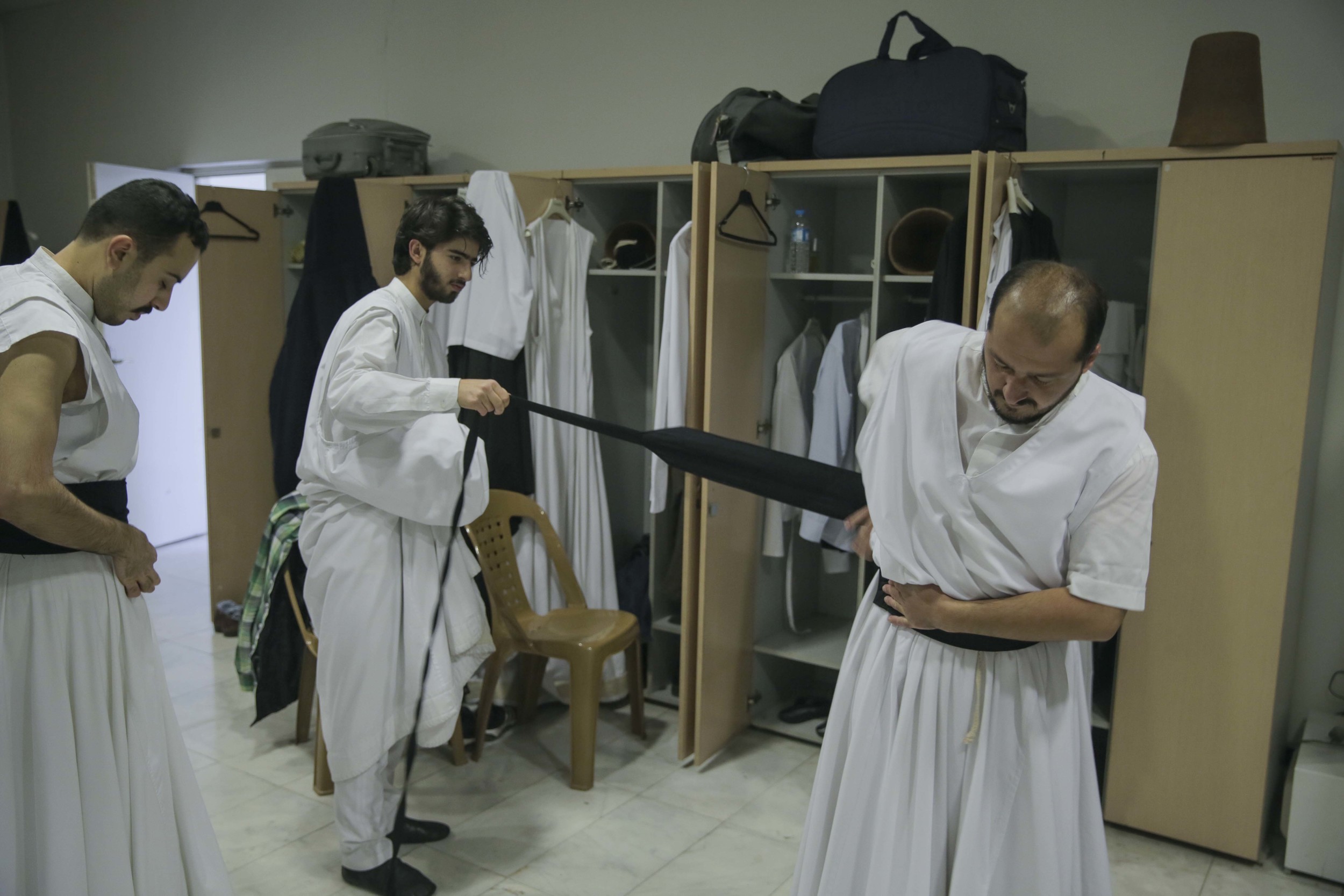Since the death of Jalaluddin Rumi in 1273, the Mevlevi order has commemorated his life. Kashfi Halford captures the celebrations and performances all over the Turkish city during the 10-day festival.
See the full Guardian story here
The 13th-century Sufi poet Jalaluddin Rumi (Mevlâna) is all but considered a saint. One of the world’s great mystic philosophers, his poetry and religious writings are among the most beloved and respected in Islam and well beyond.
In a time of increasing tension in the region the festival is a beacon of hope for culture and freedom. Rumi was a scholar, who taught peace, love and tolerance, and eventually gained a large following.
"Come, come, whoever you are. Wanderer, worshipper, lover of leaving. It doesn't matter. Ours is not a caravan of despair." My favourite Rumi quote
Only a few hundred miles from the borders of war-torn Syria, the festival in the Anatolian city of Konya brings together over a million people from all over the world to celebrate Rumi’s work, his life and ultimately his death – also known as his union with god. The day of his death is referred to as his wedding night.
The Sema
Sema is the inspiration of Rumi as well as a part of Turkish custom, history, beliefs and culture. The Sema ceremony represents a mystical journey of man's spiritual ascent through mind and love to perfection.
The whirling dervishes prepare for the Sema ceremony. The headdress represents the ego's tombstone, the white skirt the ego's shroud.
"I am a third-generation whirling dervish. I have been whirling since I was 14 years old. Mevlâna is a great poet and scholar who brought light to humanity. The Mathnawi books are not just for Muslims, they are for everyone and they take you on a voyage into your heart." Mithat Ozcakil
Fahri Ozcakil, the Dede – or head – of the whirling Dervishes and father of Mithat, gently turning in the centre of the other whirling dervishes
The dervish is spiritually born to the truth: by removing the black cloak, he advances to spiritual maturity through the stages of the Sema.
A man glass-blowing whirling dervishes at the Sema ceremony
Mevlana's mausoleum
The decree of 6 April 1926 confirmed that the mausoleum and the dervish lodge (Dergah) were to be turned into a museum. The museum opened on 2 March 1927. In 1954 it was renamed Mevlâna Museum.
The sarcophagus of Mevlâna is located under the green dome, or Kibab'ulaktab. It is covered with brocade, embroidered in gold with verses from the Koran. This, and all other covers, was a gift from Sultan Abdul Hamid II in 1894.
The actual burial chamber is located below the dome. Next to Mevlâna's sarcophagus are several others, including the sarcophagi of his father Bahaeddin Veled and his son Sultan Veled.
The tomb of Shams-i-Tabrizi, Mevlâna's most important teacher, which is visited almost as much as Mevlâna's tomb.
Gathering for music
After the Sema people come together at one of the many Dargahs in Konya to do Zikrs and sing, people from many different countries gather here.
"I am a descendent of Rumi from my mother's side. I have studied all different religions and they all have the same meditation." Prof. Dr. Waliyuddin Fakir-e Bidar Balhi-Rumi























